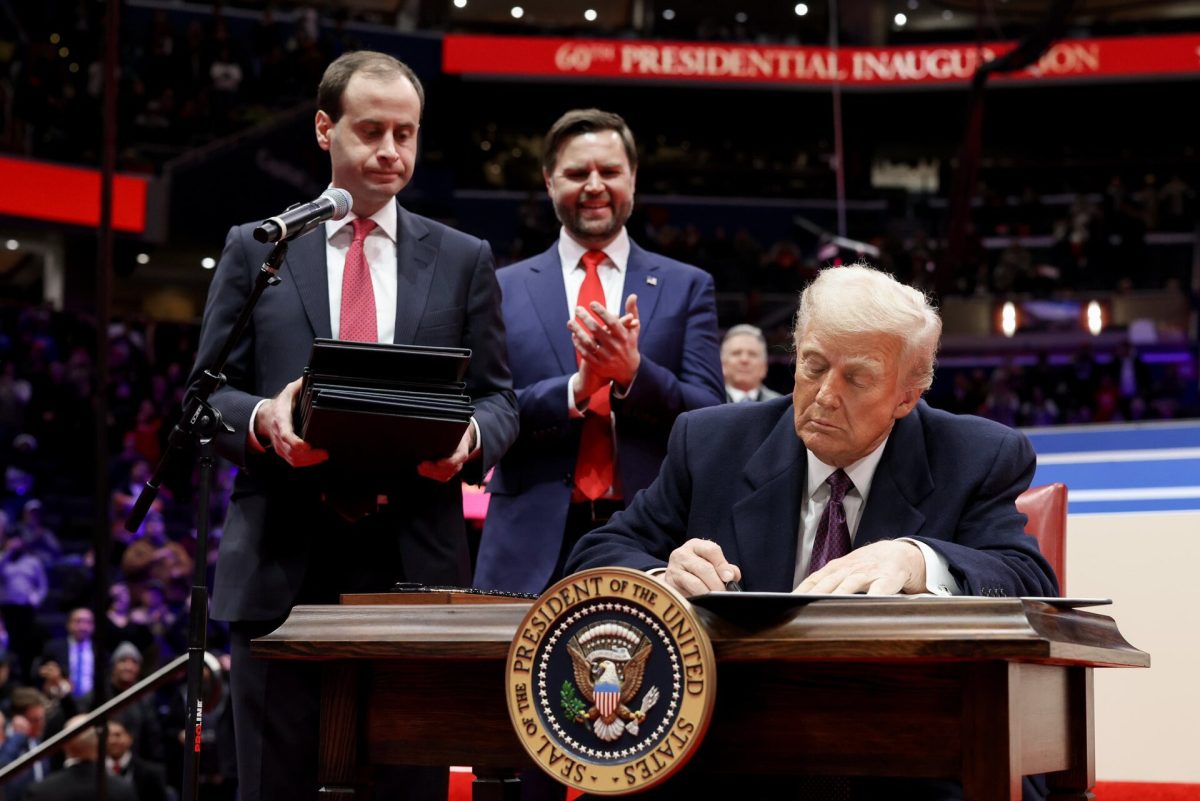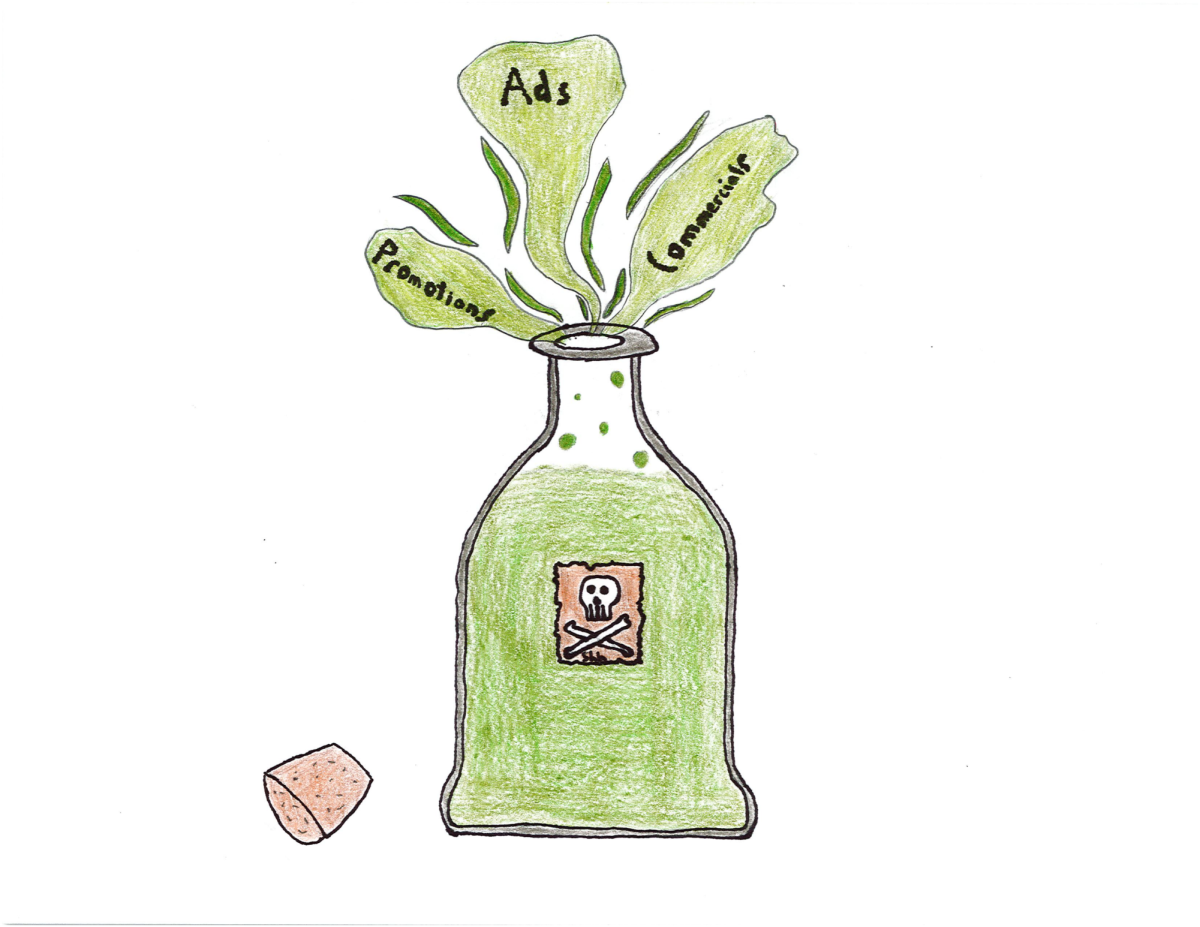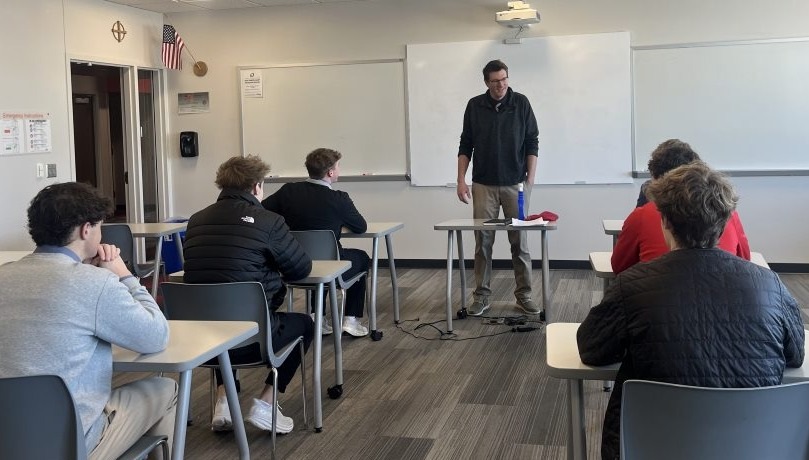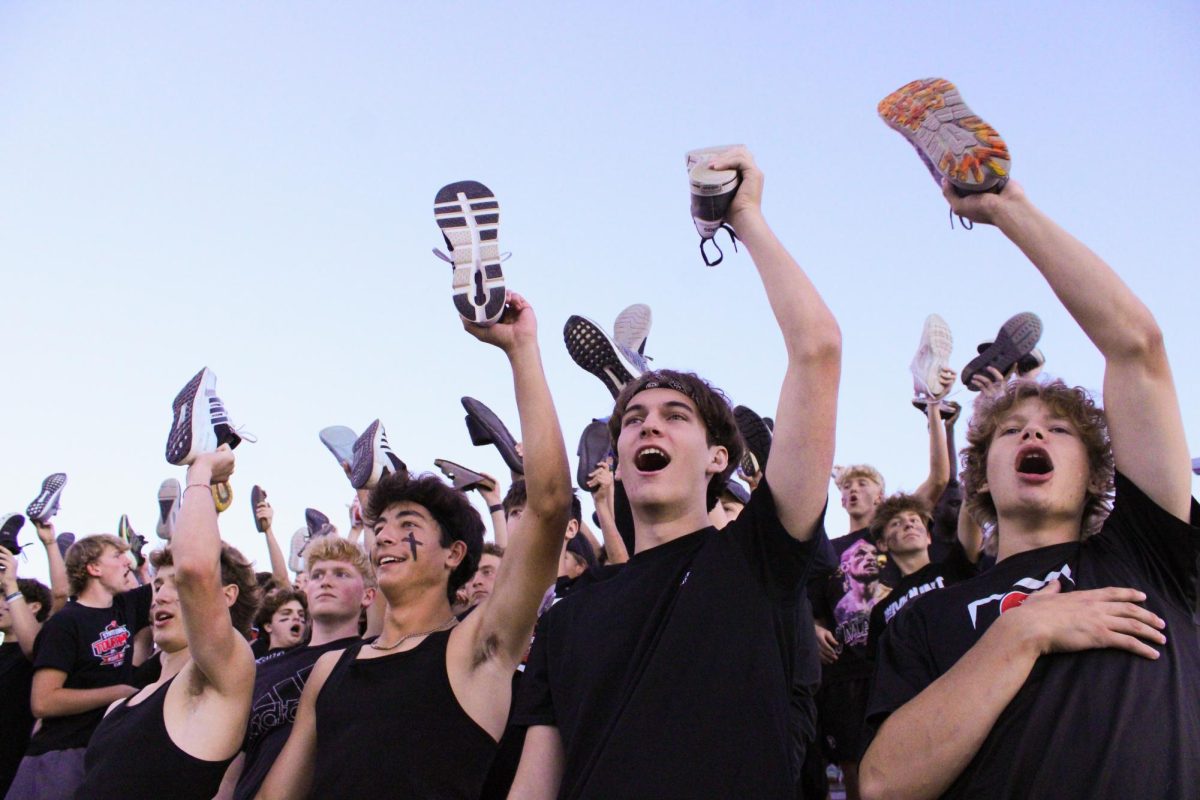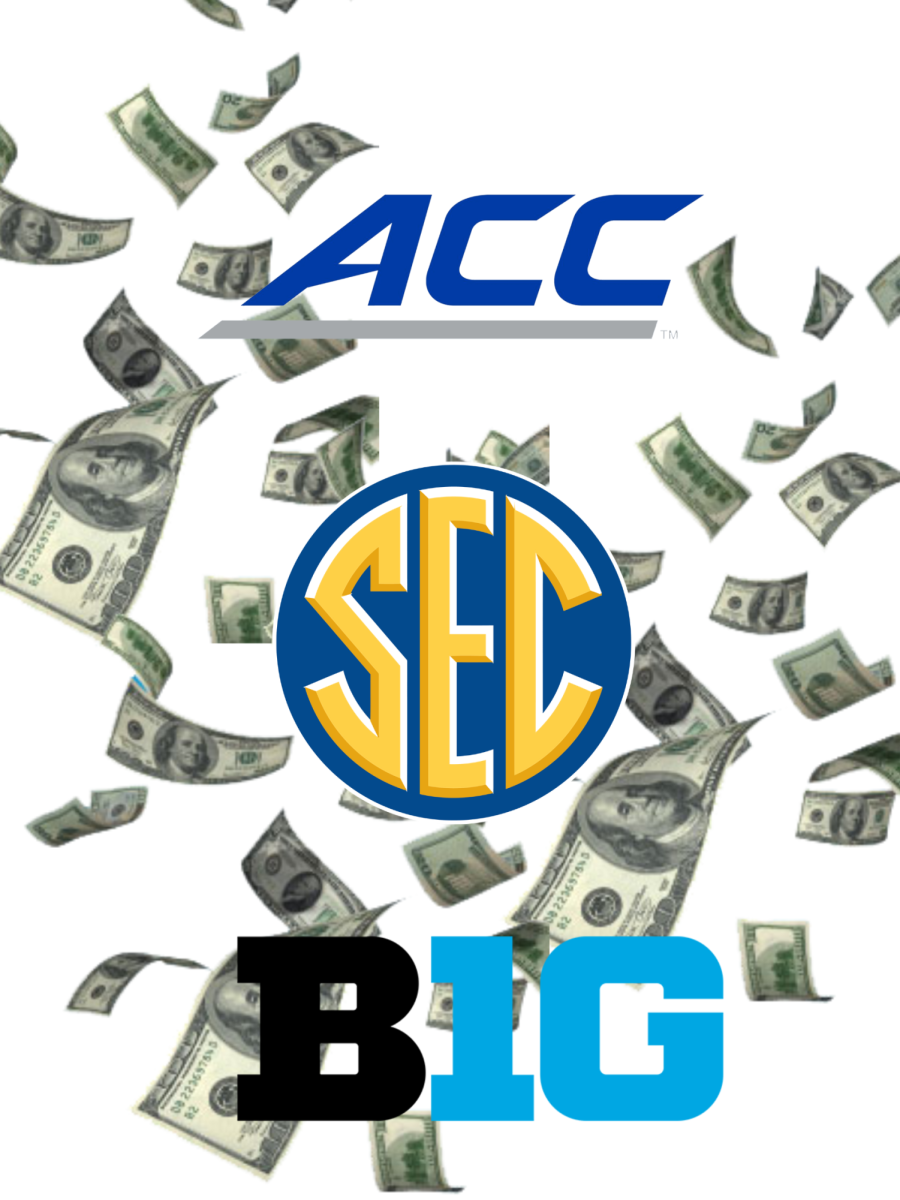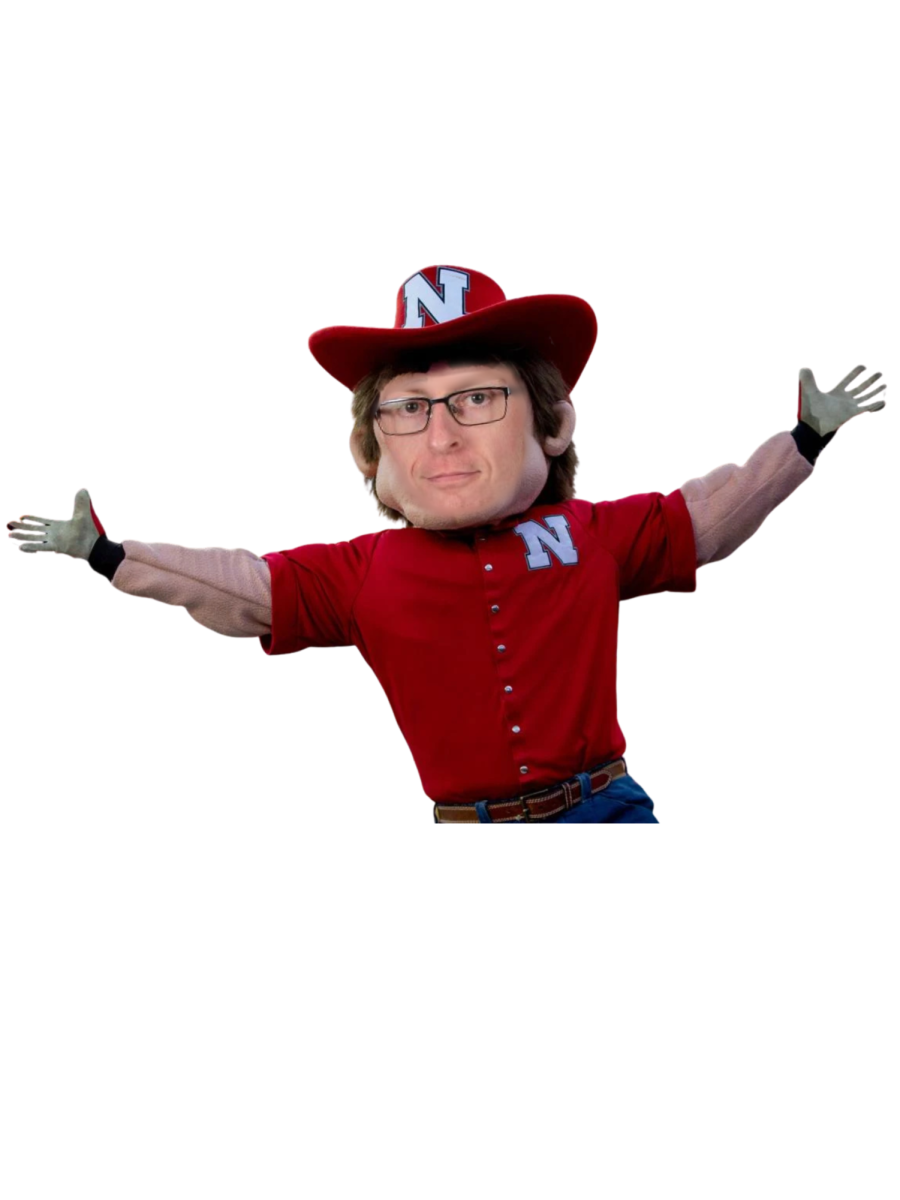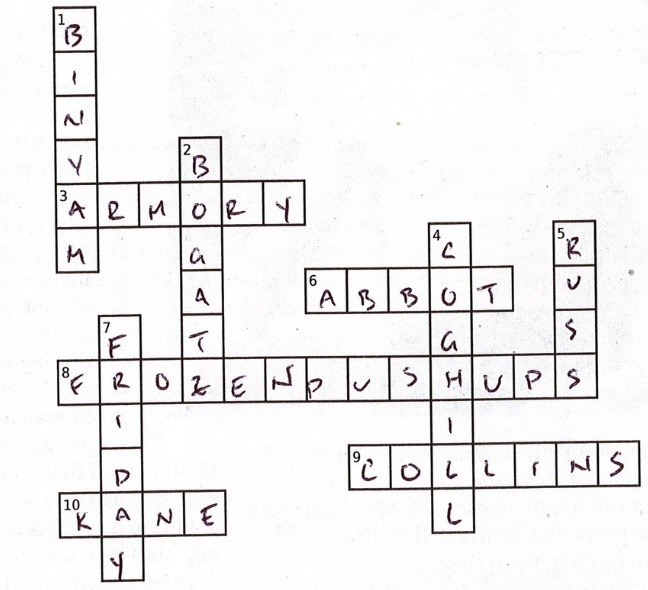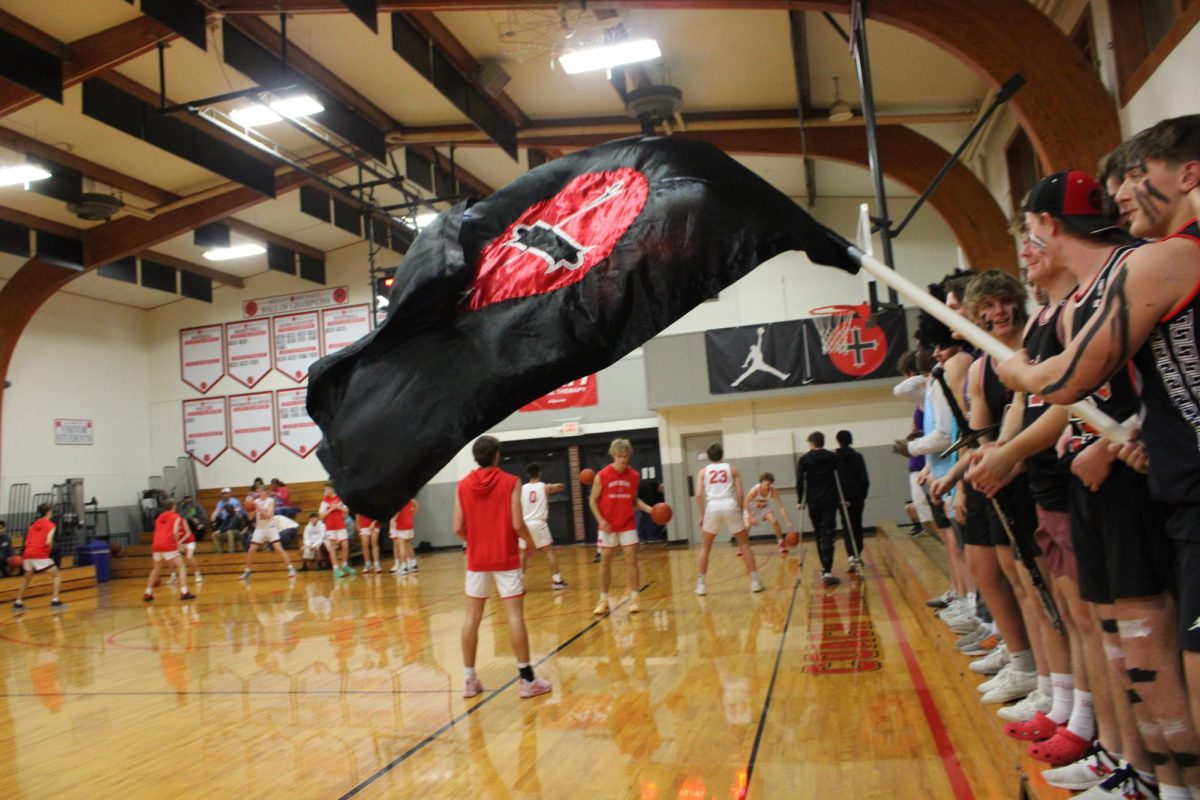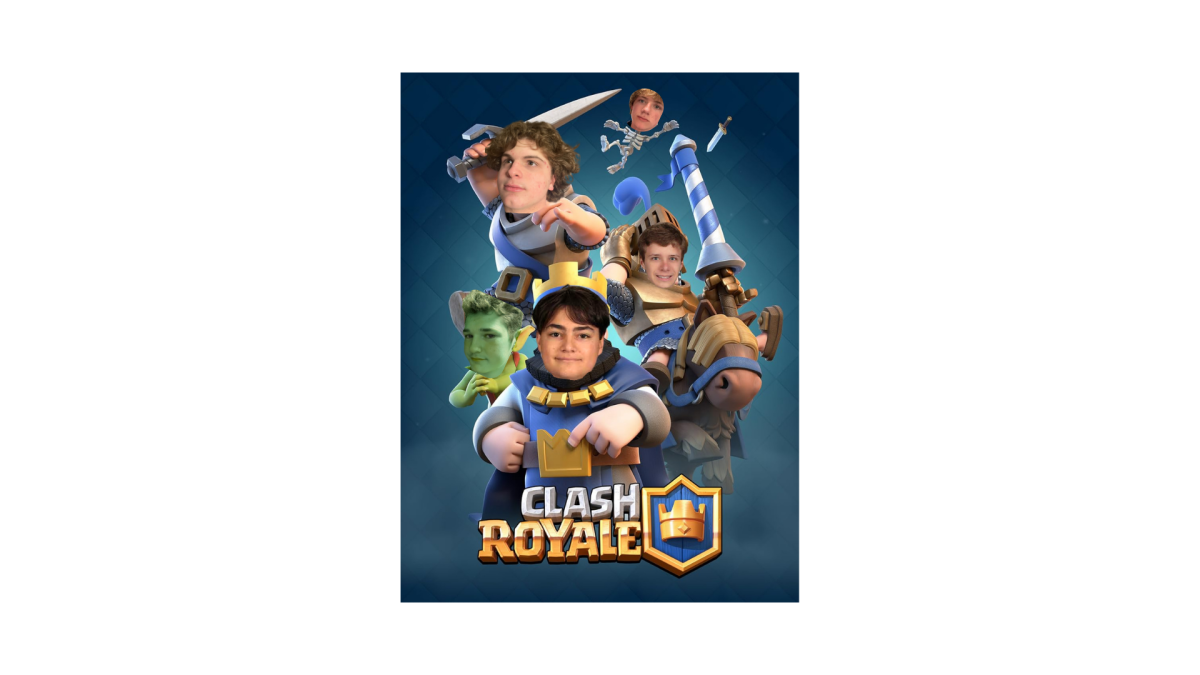As the new NFL season is under way, fans have started to take notice that a vital component of the game is going away. The NFL, which was once known as a “passing league” is no longer providing stats to back up its nickname. Passing yards across the league have been declining for a several years, and it’s leaving fans asking, “What happened in the last couple of NFL seasons to warrant such a huge shift?”
The 2020 NFL season, the last season to have a 16-game schedule, had nearly a 17% increase in passing yards compared to the 2000 NFL season, so surely the passing game would continue to grow as it has the past two decades. However, this statement couldn’t be farther from the truth. Through the first four weeks of the 2024 season, NFL teams have averaged 202.8 passing yards per game, a whopping 47 yards per game decrease from the 2020 season.
Last season, Miami Dolphins quarterback Tua Tagovailoa threw for a league high of 4,624 yards. Even with an extra game to play, this is the lowest the stat leader has been since Tom Brady in 2017. In fact, since 2006, there have only been two occurrences where the passing leader threw for less yards than Tagovailoa.
As yards have gone down, so have passing touchdowns, as through week four of the NFL season there have only been 156 passing touchdowns, the least since 2008. Compared to the passing touchdown leader in 2020, which was Aaron Rodgers with 48, the leader in 2023, Dak Prescott, only threw for 36 touchdowns.
There are many reasons as to why quarterbacks’ stats are falling behind in today’s league, one of the most important being a drop-off in quarterback experience throughout the league. On opening day in 2024, the average career starts by starting quarterbacks that day was 66.6 games, meaning they had only played nearly 4 full seasons. When compared to the average from 2015-2022, of 81 previous starts, it is easy to see why quarterback play is struggling.
Quarterback inexperience isn’t the sole cause of poor play. Since the offensive boom of the early 2000s-2010s, defensive coaches have taken the initiative to put a cap on the passing based offense. New schemes have been developed and perfected to give the defense their best shot at stopping these explosive offenses. “It’s a lot of umbrella coverages, a lot of soft quarters coverages and two-high safeties” says 4-time MVP, and Super Bowl Champion Quarterback Aaron Rodgers.
The stats back up Rodgers claim as quarterbacks faced double safety coverages on 45.9% of dropbacks so far this season, when just six years ago the average was 35%. In theory, playing coverages with two-high safeties should stop chunk plays, which are needed to be an effective offense. “Teams are going to make you drive the entire field,” 2-time MVP, and 3-time Super Bowl Champion quarterback Patrick Mahomes said.
With defenses shutting down chunk plays, this has caused quarterbacks to emphasize the less risky, short passing game. As a result, their completion rates have gone through the roof. Up until the 2000s the average completion rate among NFL quarterbacks hadn’t broken 57%. This number compared to today’s average completion percentages of 66.1% shows a big difference in how the game of football is being played in the NFL, in favor of check down throws rather than riskier deep balls.
With the use of spread offenses and 7on7 tournaments, younger quarterbacks entering the league are “Dual Threat”, meaning quarterbacks have the ability to get out of the pocket and run the ball as well. Lamar Jackson, Jalen Hurtz, Justin Fields are just a couple of quarterbacks to name a few that frequently have designed run plays tailored for them. In fact, since 2006 there has been a 102% increase of designed quarterback runs.
To sum it up in one quote from Ken Dorsey, the Cleveland Browns’ offensive coordinater, “The League is evolving every year, every week.”

